US PMI Manufacturing rose to 56.7 in November, up from 53.4, a 74-month high. PMI Services rose to 57.7, up from 56.9, a 68-month high. PMI Composite rose to 57.9, up from 56.3, a 68-month high.
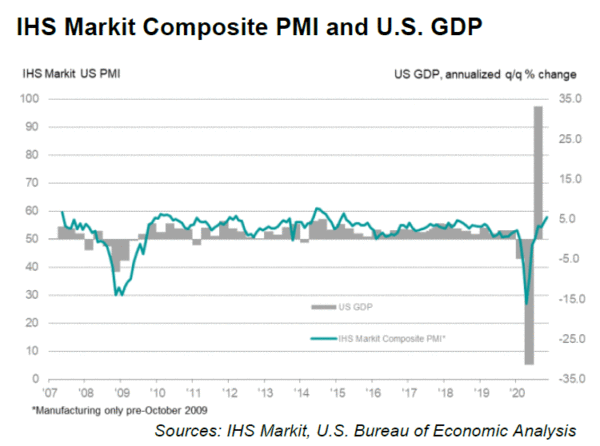
Chris Williamson, Chief Business Economist at IHS Markit, said:
“The November PMI surveys provide the first post-election snapshot of the US economy, and makes for very encouraging reading, though stronger economic growth is quite literally coming at a price.
“First the good news: business activity across both manufacturing and services rose in November at the strongest rate since March 2015. The upturn reflected a further strengthening of demand, which in turn encouraged firms to take on staff at a rate not previously seen since the survey began in 2009.
“However, the surge in demand and hiring has pushed prices and wages higher. Average selling prices for goods and services rose at the fastest rate yet recorded by the survey, with shortages of supplies also more widespread than at any time previously reported.
“Firms are scrambling for inputs and workers to meet the recent growth of demand, and to meet rising future workloads. Expectations about the year ahead have surged to the most optimistic for over six years, reflecting the combination of a post-election lift to confidence and encouraging news that vaccines may allow a return to more normal business conditions in the not too distant future.”
Full release here.




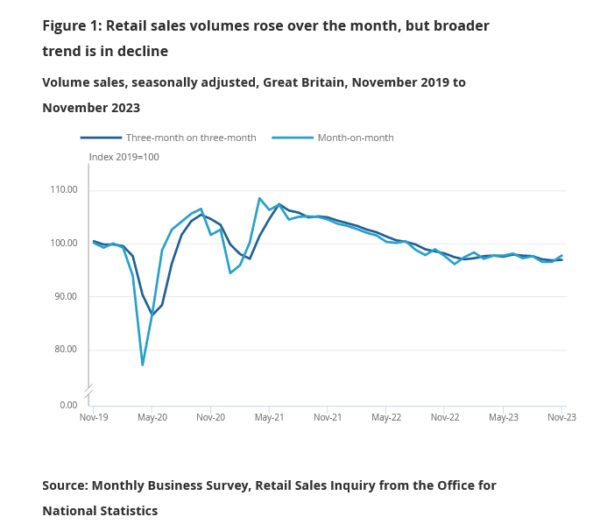
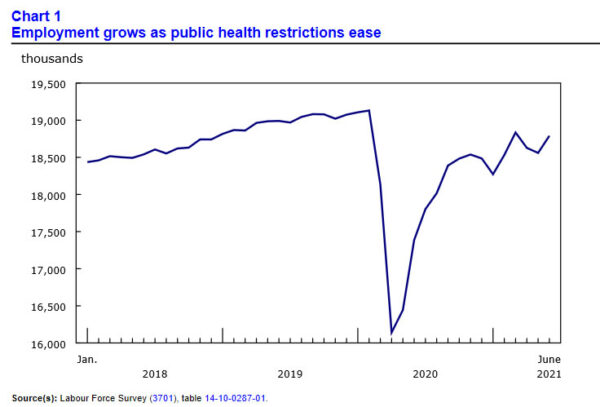

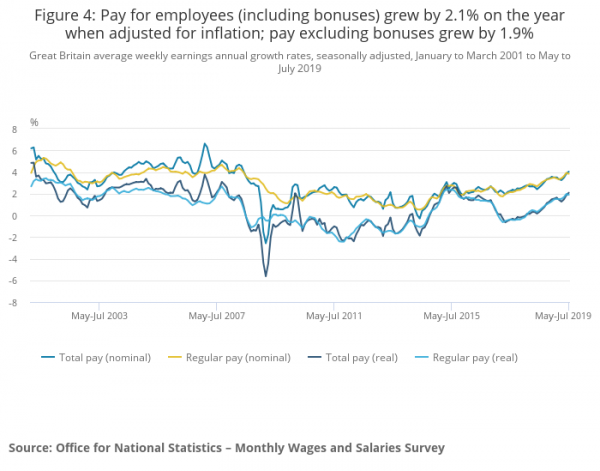

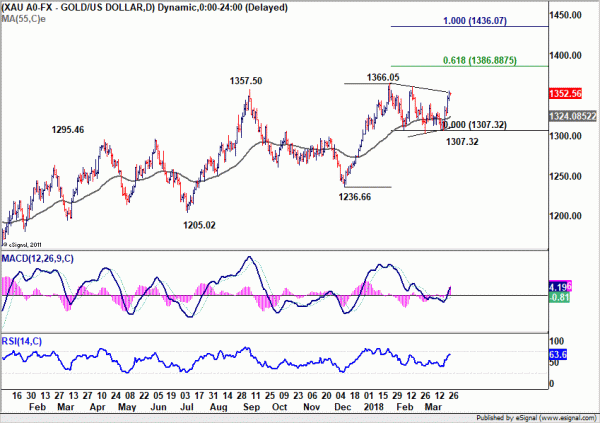
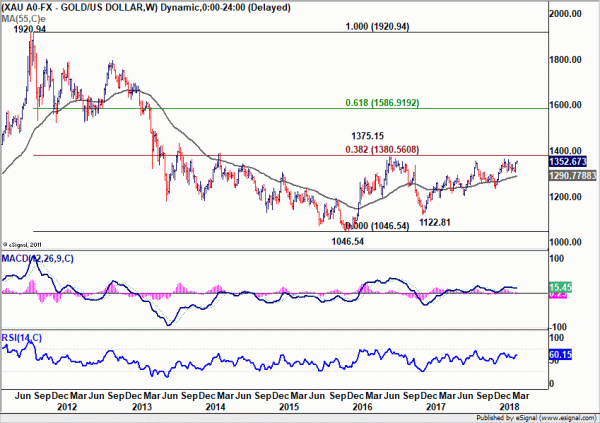
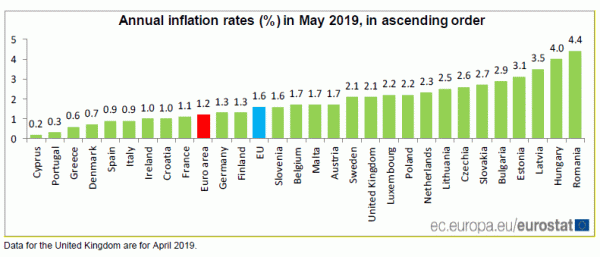
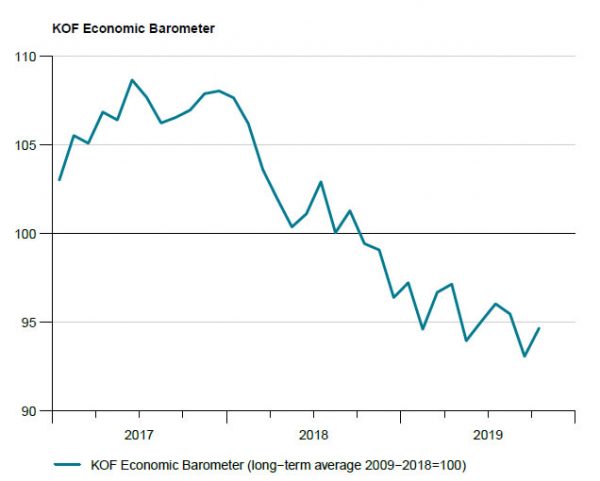
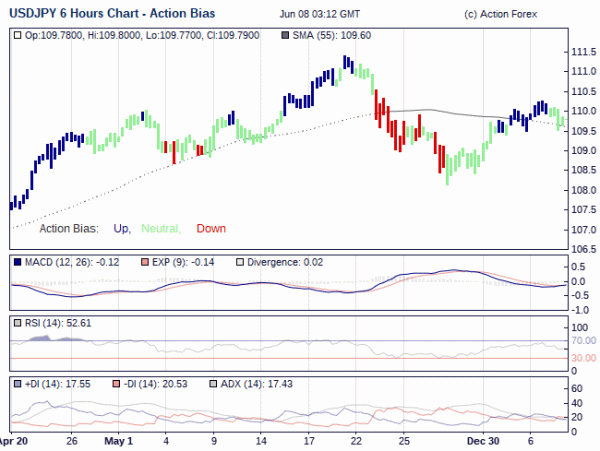
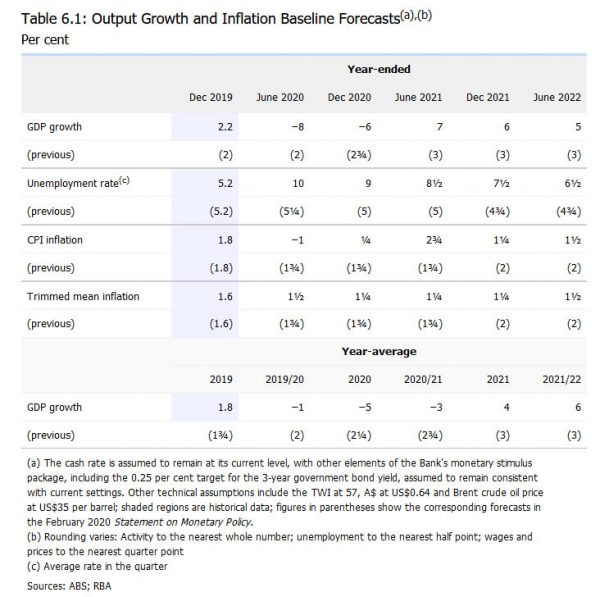

US PCE inflation rose to 6.4% yoy, core PCE rose to 5.4% yoy
US personal income rose 0.5% mom or USD 101.5B in February, matched expectations. Spending rose 0.2% or USD 34.9B, below expectation of 0.6% mom.
The PCE price index for February increased 6.4% yoy, up from January’s 6.0% yoy, but missed expectation of 6.7% yoy. The increase reflected rise in both goods and services. Excluding food and energy, core PCE price index was at 5.4% yoy, up from January’s 5.2% yoy, slightly below expectation of 5.5% yoy. Energy prices rose 25.7% yoy while food prices rose 8.0% yoy.
Full release here.